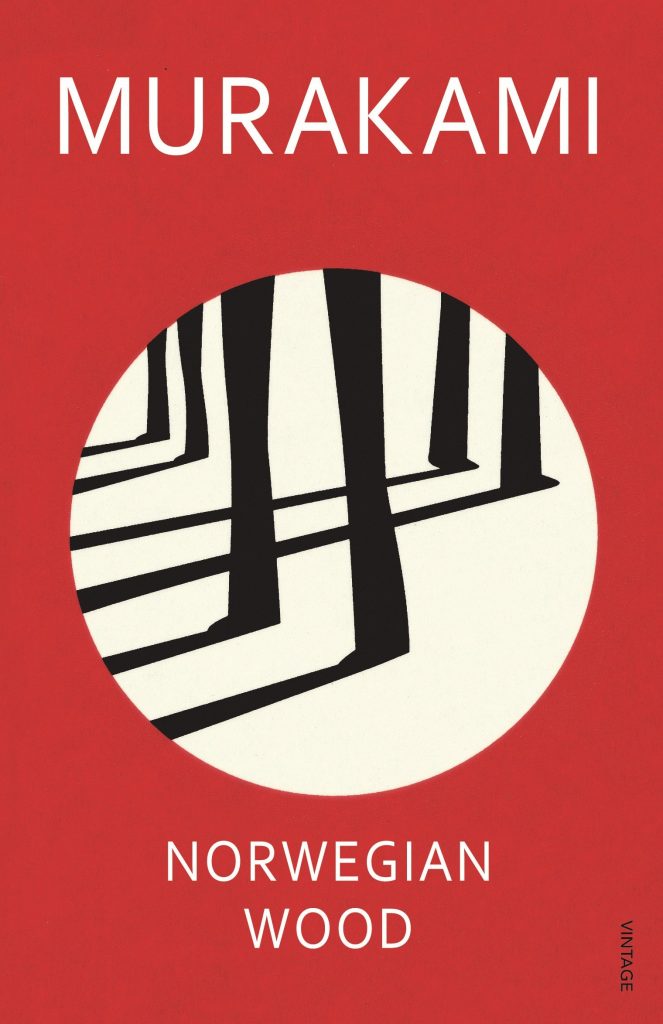
Design Element: Closure
The book cover of “Men without women” designed by Shinano Hattaro conveys the design element of closure. There is a dark human figure representing the positive space that is inter-related to the negative space of the missing puzzle piece from where the heart is. Subconsciously our brains seek to fill in the blank. This is a clever design because the negative space is taken up where the heart is located, so we naturally perceive this vacant slot as someone who is heartbroken or heartless.

Design Element: Similarity
This Foodmobile logo conveys the element design of similarity. The vehicle is composed of food which is mainly produce, the similar images are made to fit into the shape of a car.


